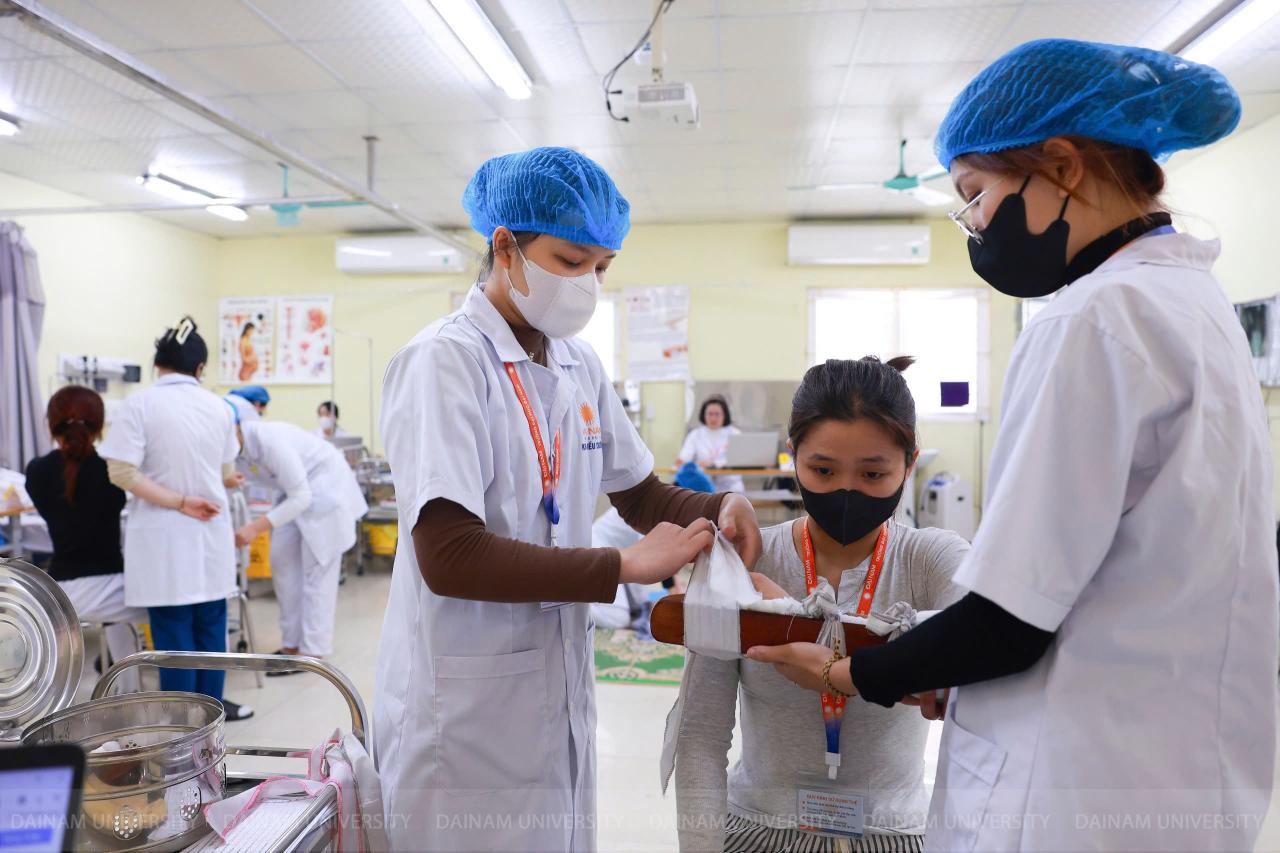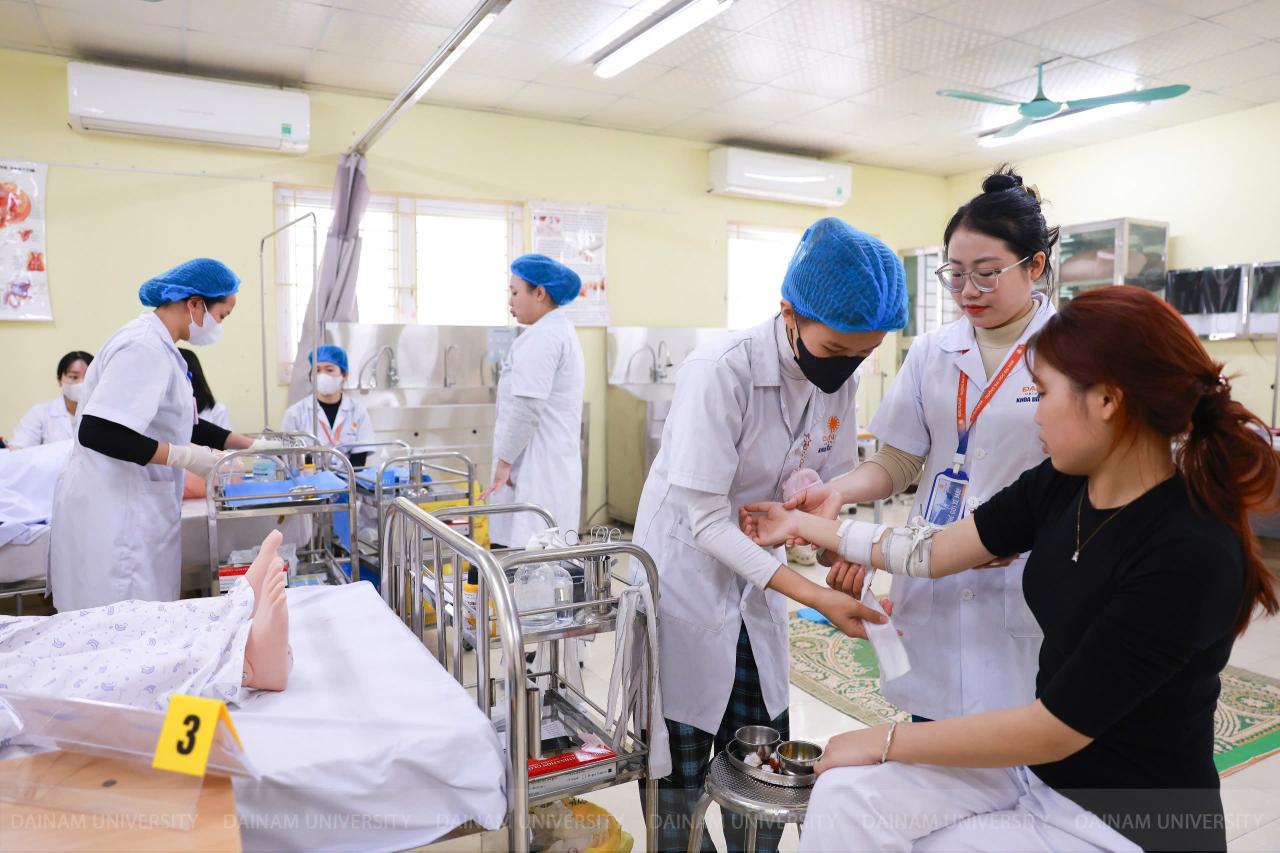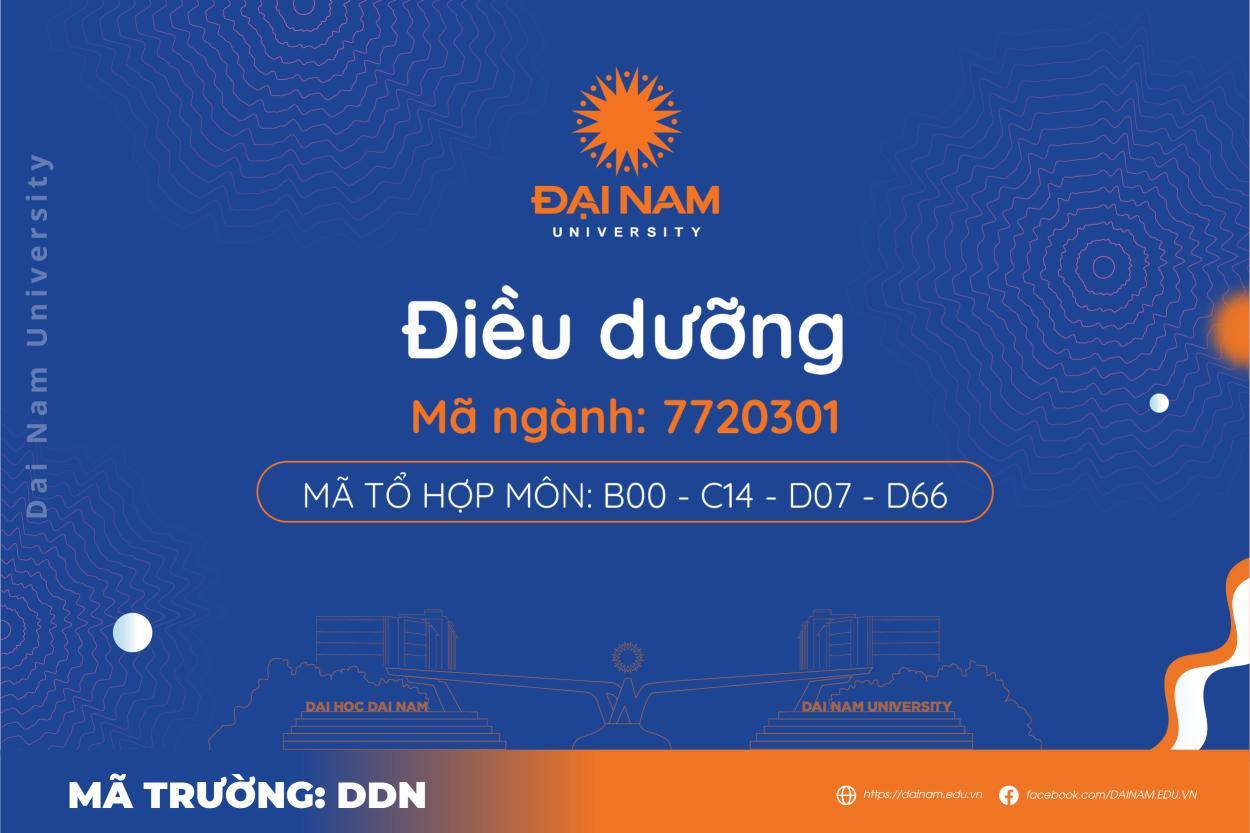Admissions 2023: Vietnam will lack 50 thousand nursing staff by 2030

“ If we do not increase investment in nursing training, by 2030 the Vietnamese health sector will face a shortage of about 40,000-50,000 nursing staff,” said Dr. Ki Dong Park, Chief Representative of the World Health Organization in Vietnam, at the Communication Workshop in response to the “Nursing Now” Campaign launched by WHO and the International Council of Nurses (ICN) in May 2020.
Nursing - the backbone of the healthcare industry
Doctors and nurses are considered the backbone of a country's medical examination and treatment system and public health care.

Nursing and midwifery staff account for 50% of the health workforce.
While doctors are known for their important role in diagnosing, treating and making care decisions, nurses are known as the ones who directly interact with patients from the beginning until they are discharged from the hospital; perform nursing care activities, assess and make appropriate nursing diagnoses, plan and carry out nursing care to meet the physical and mental needs of patients; create a safe environment, use medication correctly, and provide health advice to patients from the time they are admitted to the hospital until they recover.

Doctors and nurses are the backbone of the medical examination and treatment system and public health care.
It can be said that nurses are the closest to patients, understand patients best and have a particularly important role in medical examination and treatment and community health care.
According to the World Health Organization (WHO), the global nursing shortage, estimated at 6.6 million in 2016, decreased slightly to 5.9 million in 2018. An estimated 5.3 million (89%) of the shortage are concentrated in low- and middle-income countries, where the growth rate in the number of nurses has barely kept pace with population growth, with only slight improvements in the density of nurses per population, especially in countries in the African, Southeast Asian and Eastern Mediterranean regions and some countries in Europe and Latin America. (WHO, 2020).
Vietnam has nearly 140 thousand nurses and midwives. The nursing and midwifery workforce accounts for nearly 70% of the health workforce, providing the most, most frequent, and most continuous services and is the backbone of the health sector.
According to the World Health Organization (WHO), nurses and midwives are two types of health workers who play an important and indispensable role in providing health services to people. WHO has also agreed and coordinated with the International Council of Nurses (ICN) to designate 2020 as the International Year of the Nurse and Midwife to honor their important contributions in providing health services.

Nursing human resources are in serious shortage.
Nursing human resources are in serious shortage.
In Japan, the number of nurses has tripled from 550,000 (in 2005) to 1.71 million (in 2016), but Japan still has a shortage of about 2,500 nurses each year. According to the Ministry of Health, Labor and Welfare of Japan, Japan faces a shortage of up to 270,000 nurses by 2025 and an increasingly serious shortage of nurses in the next 10 years.
In Germany, the nursing industry currently needs about 10,000 people. It is estimated that by 2025, Germany will need 150,000 nurses. According to the Cologne-based German Economic Institute, Germany could be short about 307,000 nursing staff by 2035.

Vietnam's average ratio of nurses per 10,000 people is 11.4 - less than half the global average.
Countries such as France, the US and Canada are also facing serious challenges of a shortage of nursing human resources due to the impact of population aging that has not been resolved for more than a decade.
WHO says that to achieve universal health coverage by 2030, the world needs 9 million more nurses and midwives.
In Vietnam, the nursing and midwifery network has been widely established from urban to rural areas. Each year, more than 1.5 million children are born, the urban population accounts for about 35%, and the rural population accounts for about 65%. In addition, the aging of Vietnam's population is also happening very strongly. It is forecasted that by 2030, the proportion of the elderly will account for 18% and will increase to 26% by 2050. That shows that the need and role of the nursing and midwifery team in the work of caring for and protecting people's health, especially primary health care, care for mothers, children and the elderly is increasing.

By 2030, Vietnam will lack about 40-50 thousand nurses and midwives.
However, the average ratio of nurses per 10,000 people in Vietnam is 11.4 - less than half of the global average. To be comparable to countries in the region such as Thailand and Malaysia, Vietnam needs 2-3 times more nurses than it does now. It is estimated that by 2030, Vietnam will lack about 40-50 thousand nurses and midwives.
In particular, from 2020 to the first 6 months of 2022, the health sector had 12,000 cadres, civil servants, and public employees quit or change jobs. Currently, the number of nurses is still in great shortage, and there is a risk of a serious shortage after the COVID-19 pandemic. The Ministry of Health predicts that the shortage of nursing human resources in hospitals will become more serious when the number of newly recruited personnel is not enough in terms of quantity and quality to compensate for the number of those who have quit.
Bachelor of Nursing Training Program at Dai Nam University
Faced with the problem of population aging and nursing shortage in countries around the world as well as in Vietnam, the issue of training nursing human resources has become more urgent than ever.

Nursing students of Dai Nam University do free internship and experience in Japan.
In 2016, Dai Nam University was permitted by the Ministry of Education and Training to train Bachelor of Nursing.
The Faculty of Nursing, Dai Nam University has the mission of training university nurses with good professional skills; possessing effective communication skills; having motivation and a diligent working attitude; having the capacity to work at public and private medical facilities in the country as well as internationally; striving to become a prestigious and quality nursing training address trusted and highly appreciated by learners and society.

Nursing students of Dai Nam University are guided throughout the learning process.
Thanks to its own input quality assurance threshold, the input quality of the Nursing Faculty of Dai Nam University is increasingly improved. The Faculty has selected excellent students with good academic performance and attitude from the beginning.
The permanent faculty of the Faculty of Nursing are teachers trained at prestigious nursing training institutions in the world and in Vietnam.
The undergraduate nursing training program at Dai Nam lasts 4 years with 141 credits divided into 8 semesters.
- First year: Focus on studying basic sciences, foreign languages and foundational subjects of nursing science. Students can choose to study foreign languages in study groups. They can also choose to study English to achieve a TOEIC certificate of 450 points or Japanese to use for their future work in Japan.
- Second year: Study basic medical subjects and basic medicine as a basis for studying specialized nursing subjects.
- Third and fourth years: Students continue to study mainly at central hospitals to learn about Internal Medicine Nursing, Surgical Nursing, Pediatric Nursing, Obstetrics and Gynecology Nursing, Psychiatric Nursing, Community Nursing, Geriatric Nursing, Nursing Management and Scientific Research...
With the awareness that "patients are the objects of service, not the objects of study" and the training motto "solid knowledge - standard skills - bright future", the Faculty of Nursing, Dai Nam University, especially focuses on developing the Skills-lab teaching method to help students have the opportunity to practice, be guided by hand, and master 55 nursing skills before going to clinical practice at the hospital.
The Faculty of Nursing, Dai Nam University, has determined the output standards of graduates focusing on clinical nursing skills and competencies, including independent and confident implementation of 55 clinical nursing skills reaching level 3/4 of the Miller competency pyramid.

The Faculty of Nursing, Dai Nam University regularly organizes conferences and seminars with the participation of famous international experts.

The Faculty of Nursing is forming and developing a modern Skillslab system structured according to clinical situations for students to learn communication skills, examination skills, and 55 specialized nursing skills. Students have the opportunity to practice under the supervision of teachers, doing it over and over again until they meet the technical requirements. The student assessment method will also be changed from assessing knowledge by essay tests to assessing direct observation skills using a scale (checklist) for each lesson and the running station test (OSCE) method at the end of each subject and module.
Thus, with the Skills-lab teaching method, Dai Nam Nursing students practice 3 times more than the traditional way of learning; students practice with their heads, not just their hands; knowledge is transformed into specific events and technical processes; students clearly understand the nature of why, what to do and how to do it; in particular, this method helps to clearly identify the principles of each stage in each technical process to achieve what goals and to what extent; students learn and practice at Skillslab according to the competency pyramid (Miller, 1994), according to the principle of progressing from low competency levels to high competency levels.
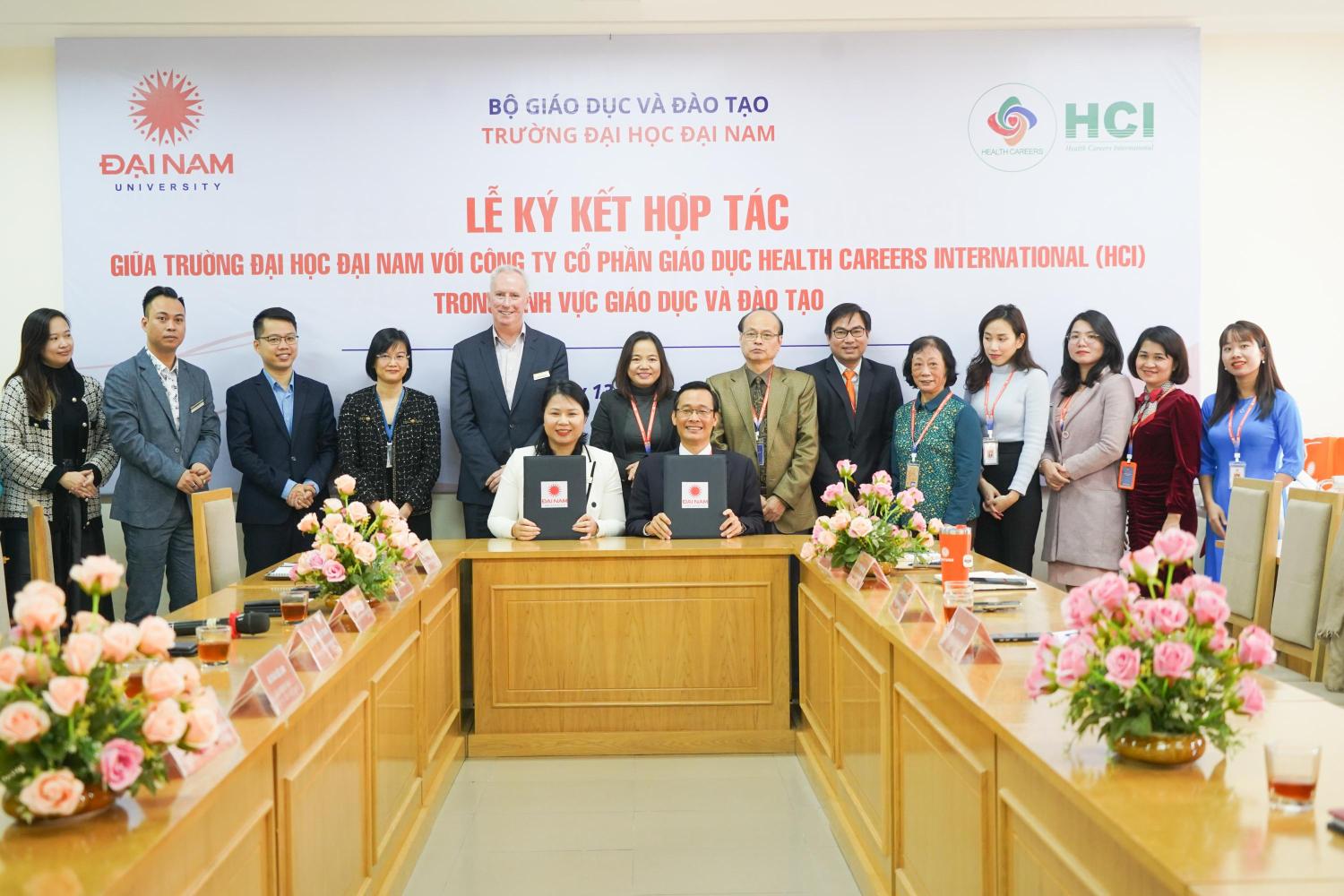
Dai Nam University is gradually internationalizing Bachelor of Nursing training through international training cooperation programs.
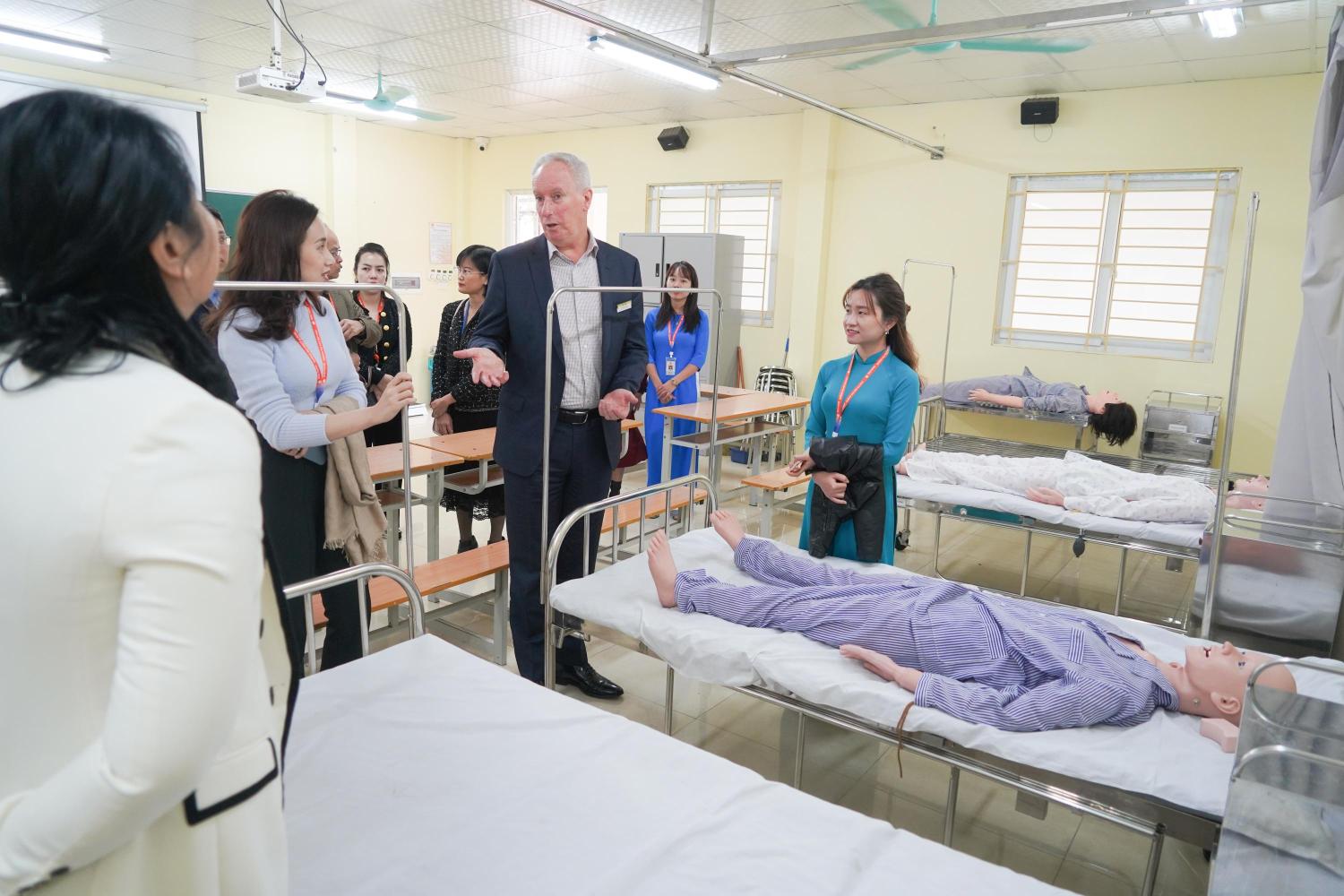
With the Skills-lab teaching method, after graduation, Dai Nam University Nursing Bachelors have the ability to diagnose, make decisions, and can take on important positions such as hospital head nurse, department head nurse without the need for additional training. Not only that, Dai Nam Nursing Bachelors also meet the requirements of knowledge, professional skills, autonomy, self-responsibility and attitude to be able to study to improve their qualifications at the postgraduate level.
In the 2023-2024 school year, Dai Nam University enrolls full-time undergraduate students in Nursing - major code 7720301, admission combination B00, C14, D07, D66 according to two admission methods, considering grade 12 transcripts and high school graduation exam scores. For Nursing, candidates must have a grade 12 academic performance of good or higher and a total score of 03 subjects according to the admission combination of 19.5 points or higher.
Register for admission online HERE.
BTT



